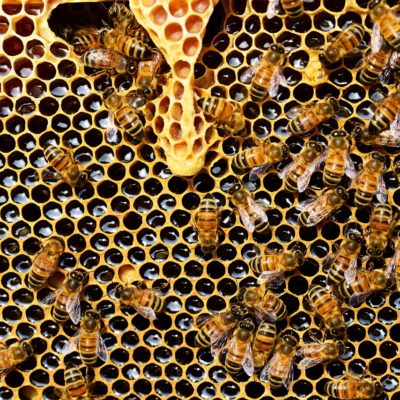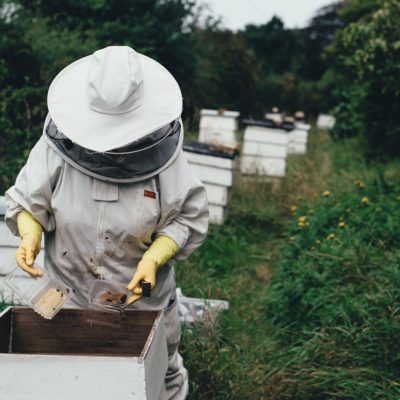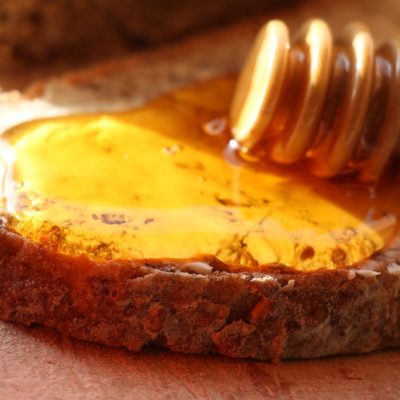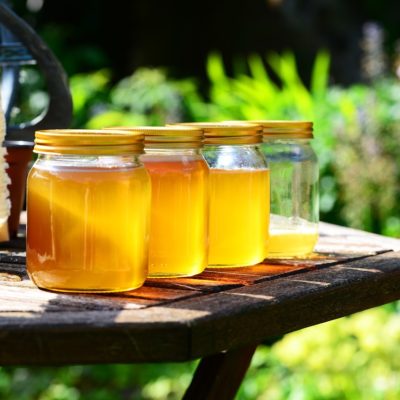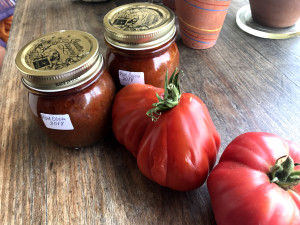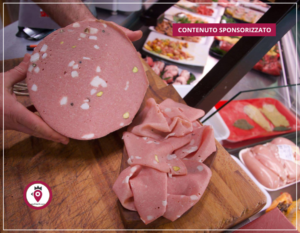Articolo disponibile anche in: Italian
Italians love their honey. Last year Italian families bought 5.1% more honey than in previous years, driven by increasingly healthy eating habits.
This is according to the analysis by Coldiretti on Ismea data, presented on the occasion of the “World Bee Day”. This special celebration was established by the United Nations General Assembly (UN), to acknowledge the vital role played by this insect, that Albert Einstein considered more than indispensable for the ecosystem. He argued that “if the bee disappeared from the face of the earth, man would only have four years to live”.
In the Tuscan countryside, an average of 23 thousand quintals of honey are produced, about 10% of Italy’s production, for a total value of 16 million euros.
There are around 4700 beekeepers in our region, most of which produce to sell their product. The regional registry office currently records over 98,000 hives.
“On average a single bee,” Coldiretti explains, “usually visits about 7,000 flowers a day, and it takes four million visits to produce one kilogram of honey. The yield and quality of 3 out of 4 food crops depend on bee pollination. Among these there are apples, pears, strawberries, cherries, watermelons and melons, according to the FAO “.
There are more than 50 varieties of honey, depending on the type of flowers: from acacia honey to millefiori (which is the most popular), orange to chestnut (darker and slightly bitter), from lime honey to honeydew, to honey made from aromatic plants such as lavender, thyme and rosemary.
This year we must pay particular attention when buying honey, because according to Coldiretti the recent cold temperature and rain have caused the bees to remain inside the hives, halving the production of this precious product.
The effects of this unusually cold spring aggravate the bad record of 2017, when the production of honey Made in Italy amounted to about 10 million kilograms, one of the worst results in the history of modern apiculture.
Almost half of the honey that Italy imports comes from two countries: Hungary – with over 8 and a half million kilograms – and China – with almost 3 million kilograms. Countries which have a very bad food safety record.
